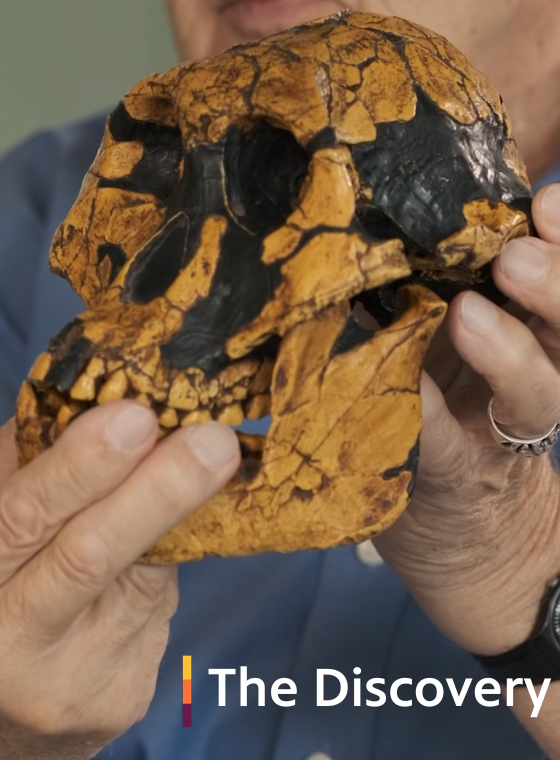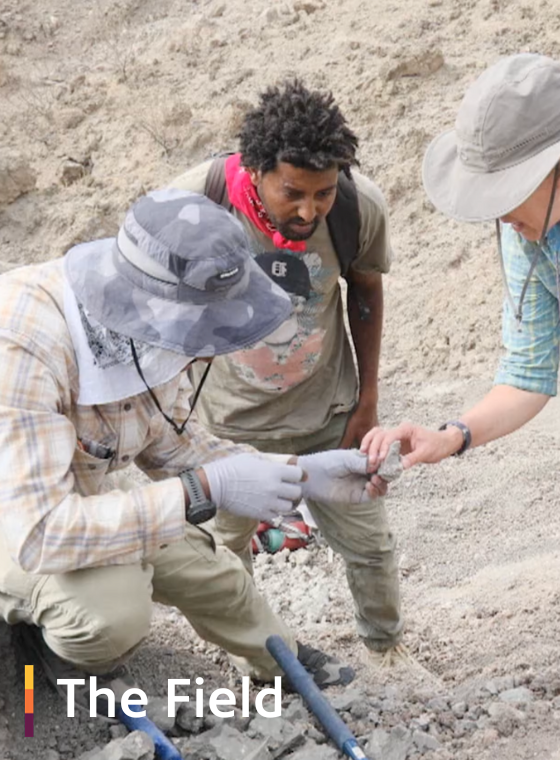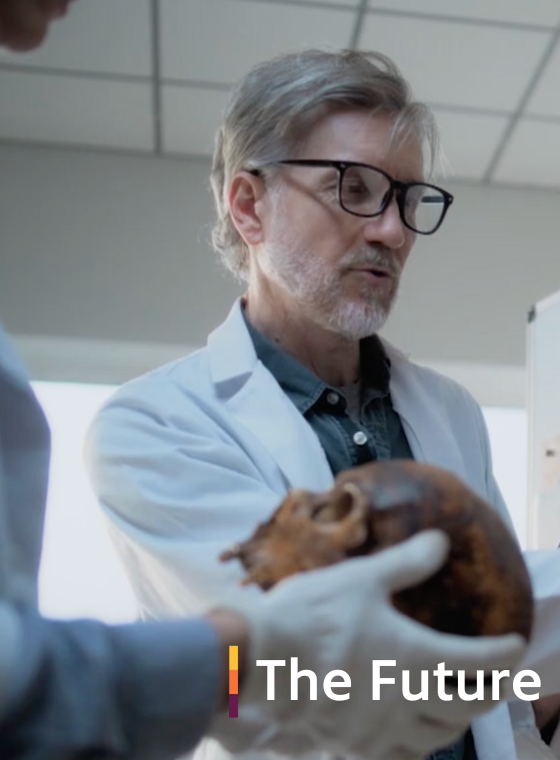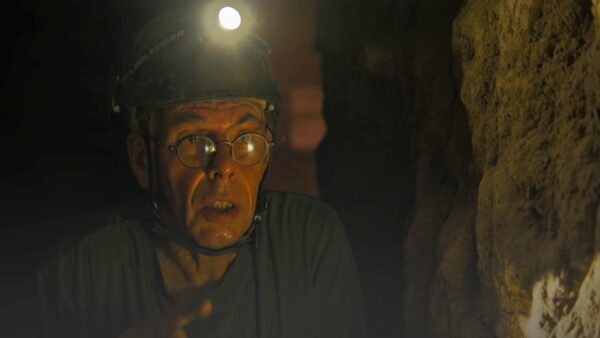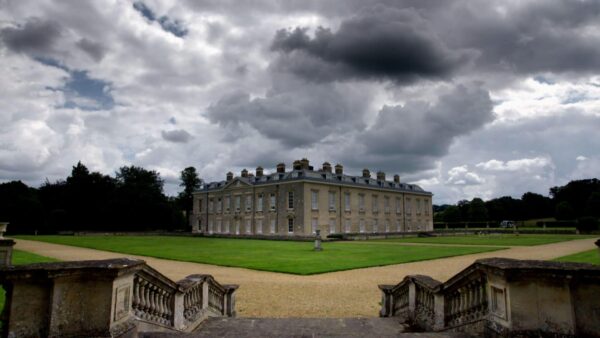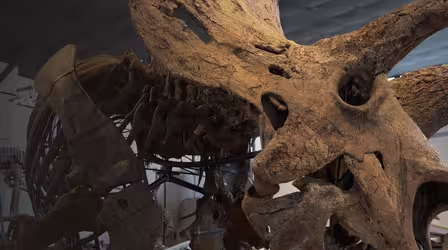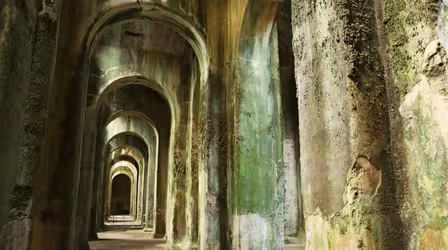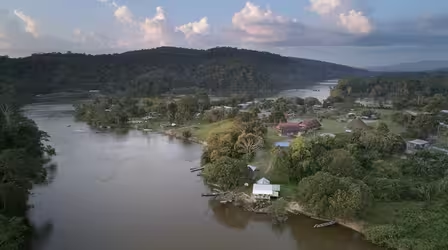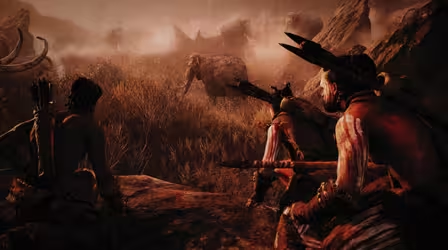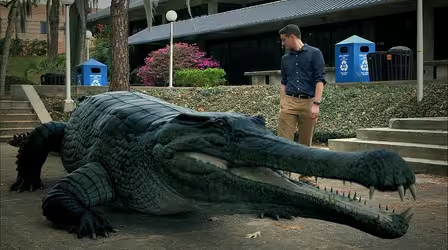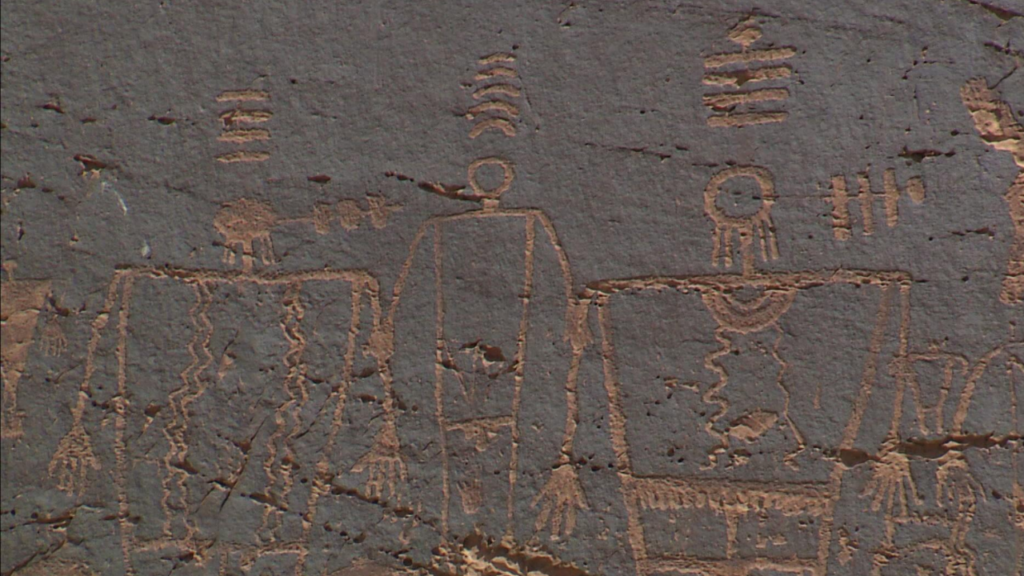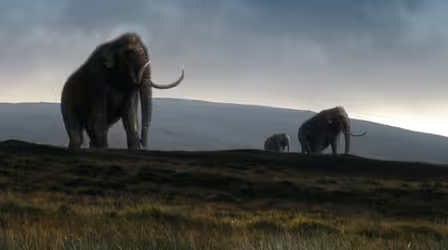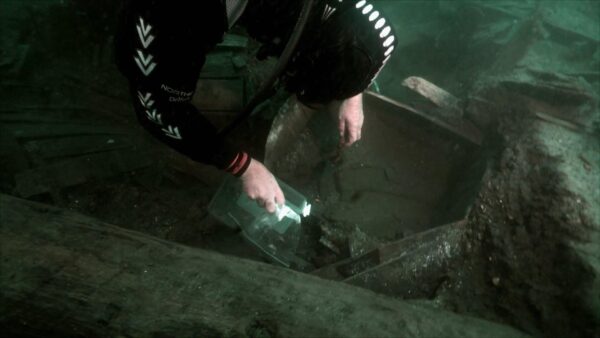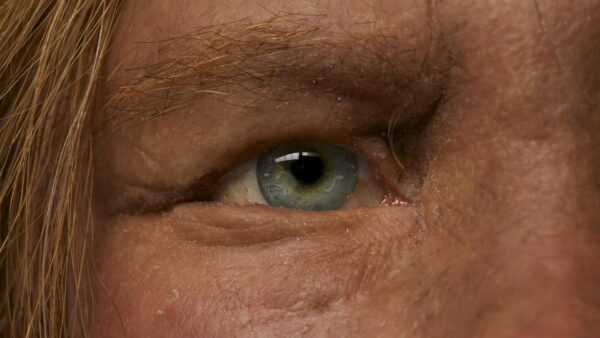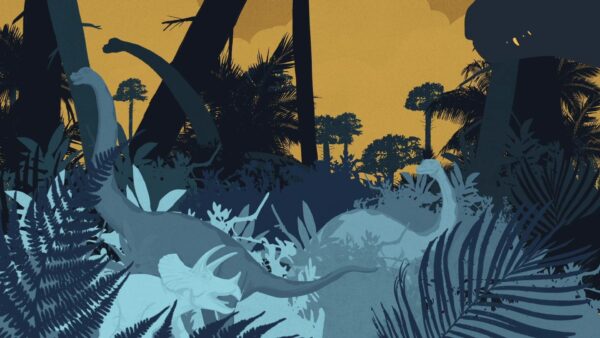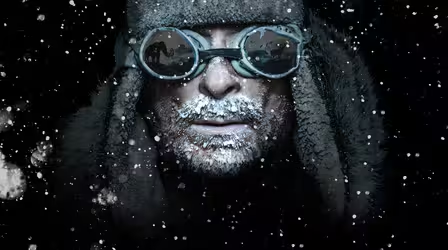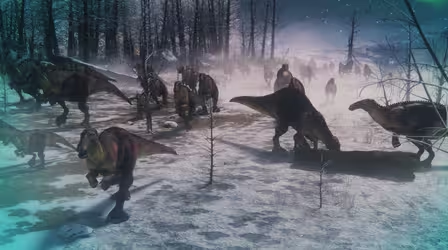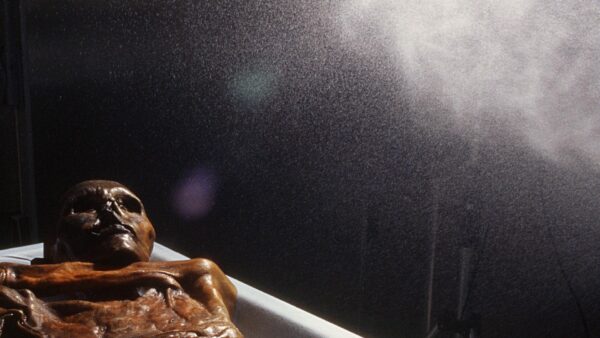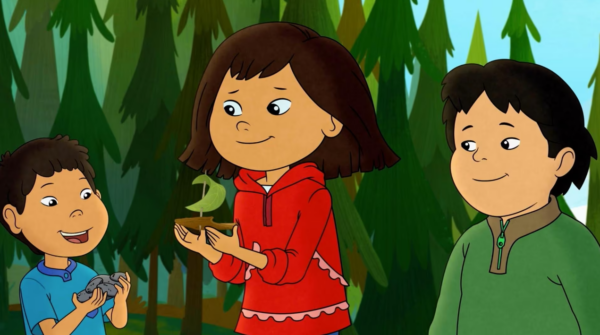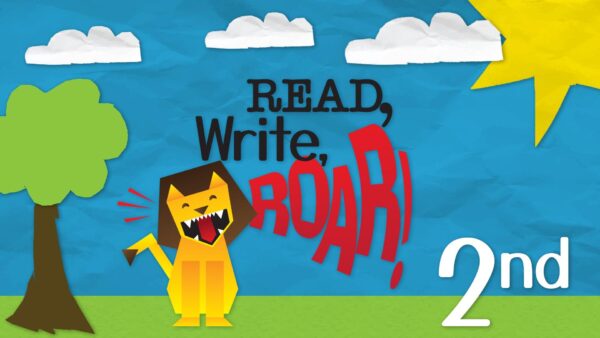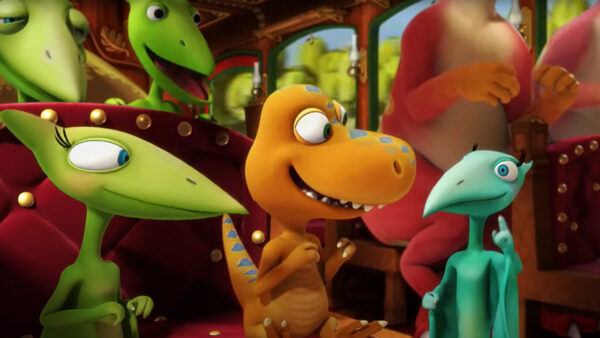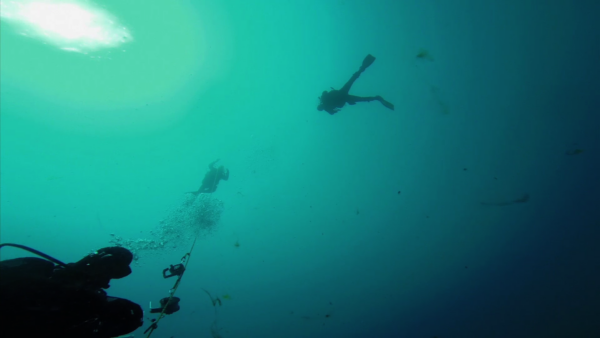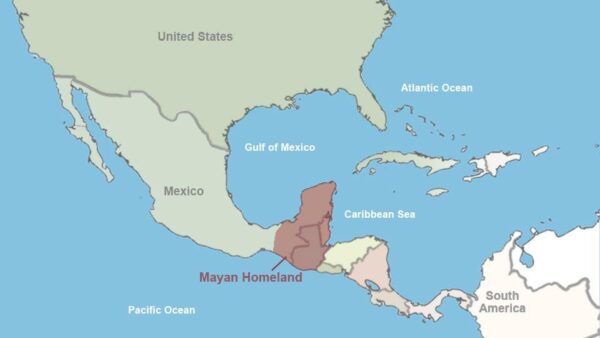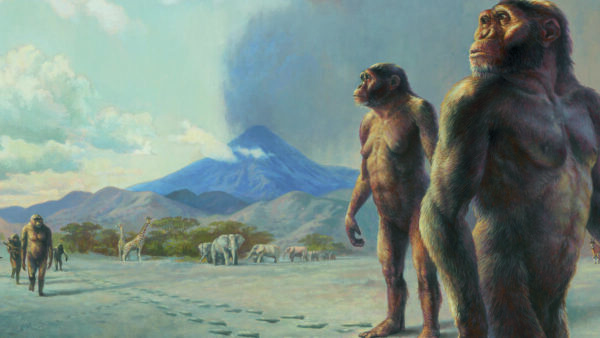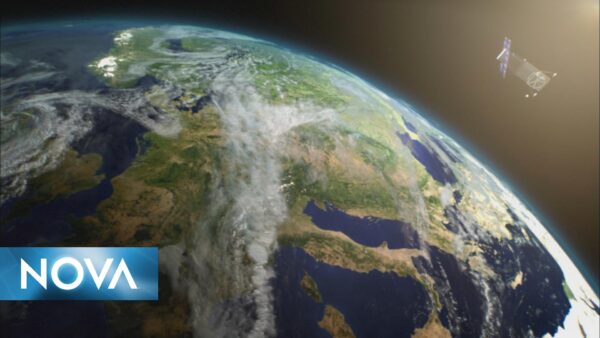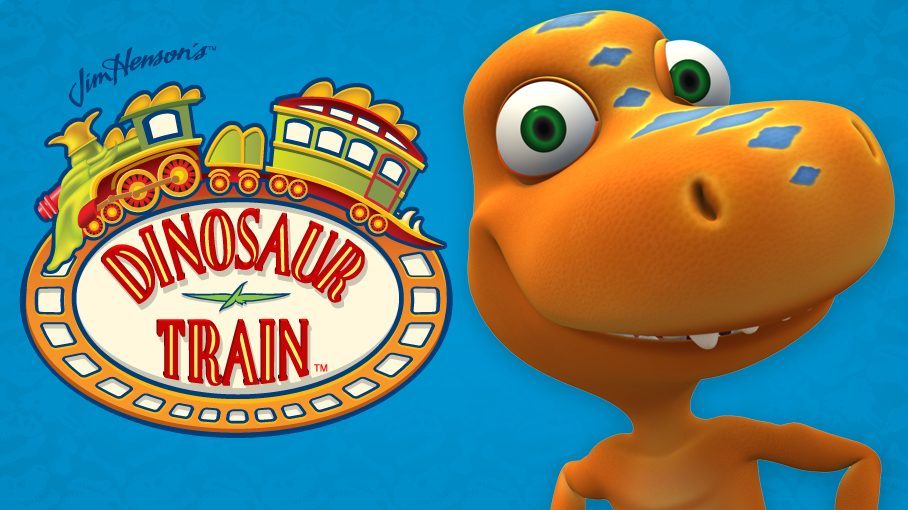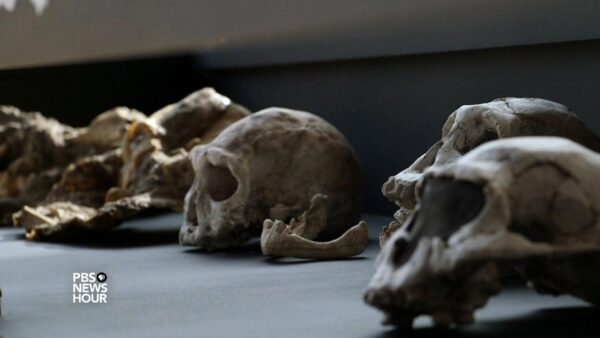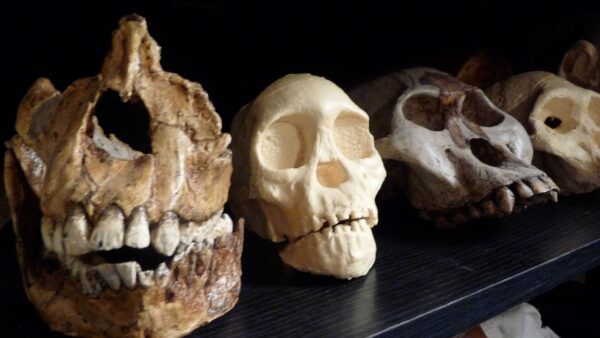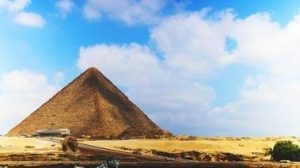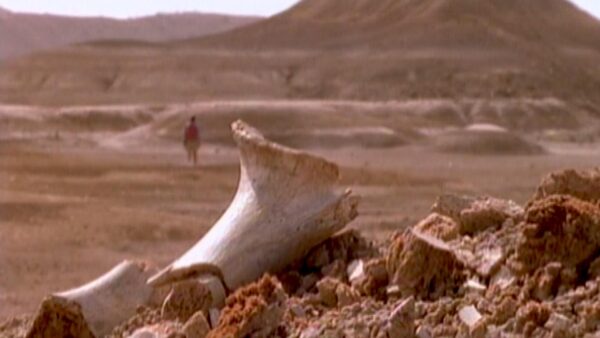Celebrate 50 years of Lucy
“Lucy” is the fossil skeleton that forever changed our understanding of where we came from. Fifty years after her discovery in Africa, scientists are still unraveling how Lucy and her species fit into the bigger picture of human evolution.
Using the bones discovered by Dr. Donald Johanson, scientists have been able to trace human evolution back further than ever before. Explore the fascinating history behind the revolutionary discovery and it’s direct connection to Arizona.
Celebrate 50 years of learning from Lucy in this new special from Arizona PBS, and explore exciting extra content below.
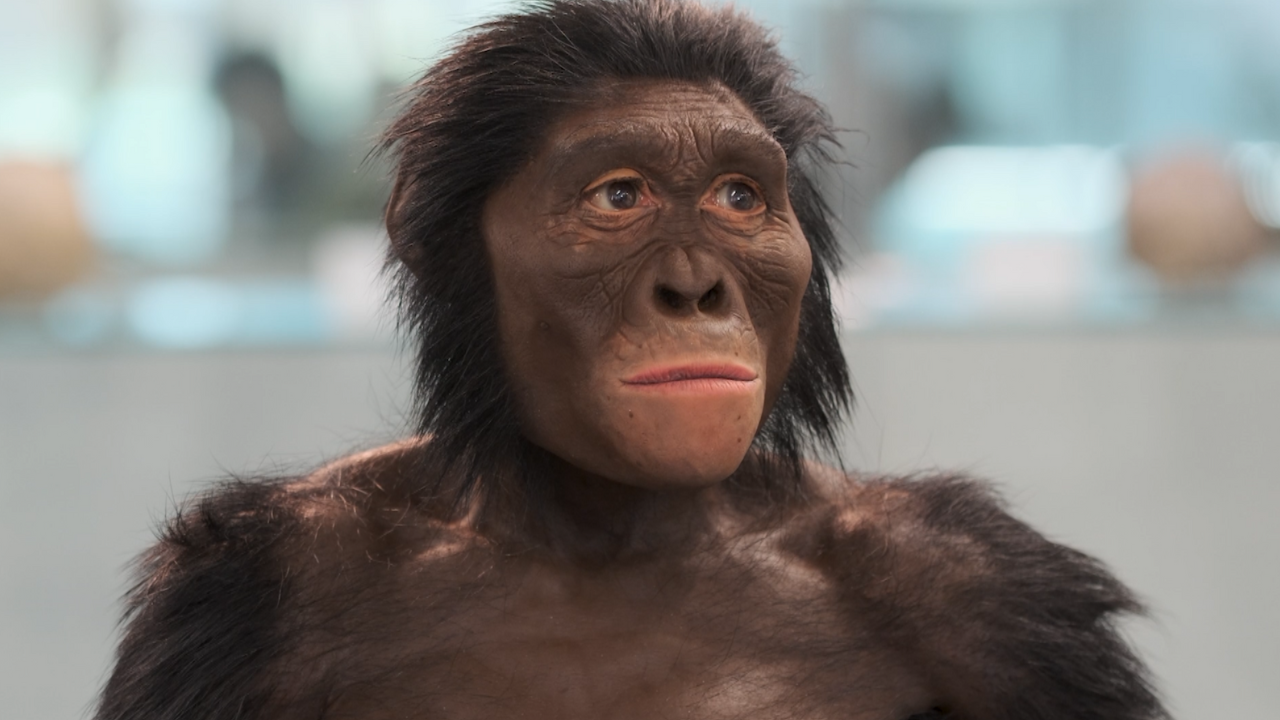
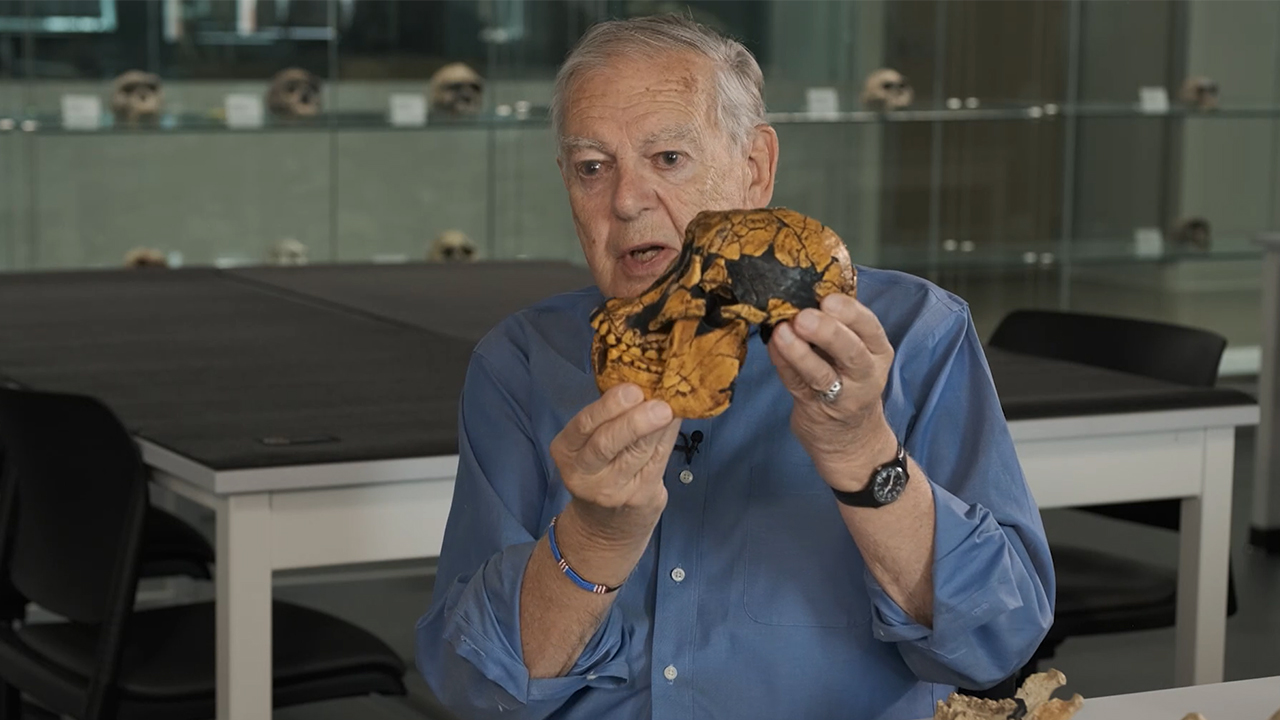
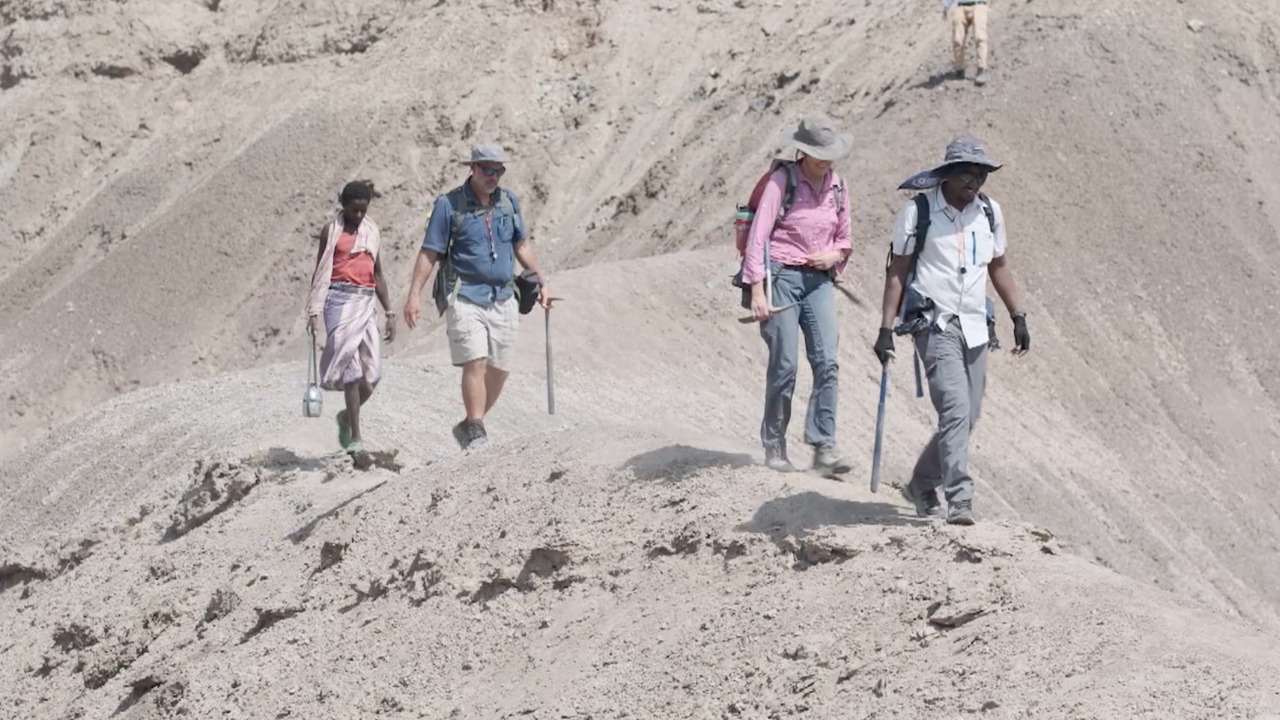


The Discovery
discovery
Finding a complete skull
Dr. Donald Johanson, founding director of the Institute of Human Origins at Arizona State University, talks about the discovery of Lucy’s complete skull, and what it tells us about the species.
Males, females and babies
Dr. Johanson explains the differences between the sexes in Lucy’s species, and how the bones indicated this to scientists.
Lucy’s face: Art meets science
There are not many areas of the face where things are identical in humans and great apes, but there are relationships among them. John Gurche, a paleo artist, explains his process for reconstructing Lucy’s facial features.

The Field
the field
Ethiopia’s Afar people
Learn more about the Afar People, the people native to the region where Lucy the fossil was originally found in the Afar Desert in Ethiopia, a harsh and challenging place to live.

The Future
the future
Walking with Lucy
It’s taken decades of work to unlock the secrets of the Lucy skeleton. With help from the California Academy of Sciences, Arizona PBS host Catherine Anaya leads us on a discovery of the significance of how Lucy would have walked in contrast to the chimpanzee. These insights will inform how future fossil skeletons may be studied and reconstructed.

Explore more history with these specials
Series
Pompeii: The New Dig
This new landmark three-part series follows the most extensive archaeological excavation in Pompeii for a generation. Nearly two years in the making, with exclusive access to the dig and the all-Italian team of archaeologists, the series follows the excavation of an entire city block, Insula 10, in the north of the city.
The Desert Speaks
Shadows of the Ancients
Archaeological evidence suggests that the ancestral Pueblo Indians (Anasazi) marked astronomical events, perhaps as guides or records. Rock art and architecture throughout the Four Corners area were carefully placed so that beams of sunlight would interact with rock images on important seasonal days such as equinoxes and solstices, marking the days with remarkably high precision.
PBS Special
Coronado: The New Evidence
“Coronado: The New Evidence” explores one of the longest-standing archaeological mysteries in the United States: the land route taken by famed explorer Spanish Francisco Vázquez de Coronado, who from 1540-1542 was attempting to find vast wealth and fame while traveling north from Mexico.

Kids programming
science trek
Mammoths: Archaeologist and Paleontologists
If you are interested in studying mammoths, then you have many different career options to consider. Learn what it takes to be an archaeologist or a paleontologist.
education
Into the Field: Archaeology
Learn more about the field of archaeology by exploring this collection of archaeology videos and lesson plans for classroom or home use.
